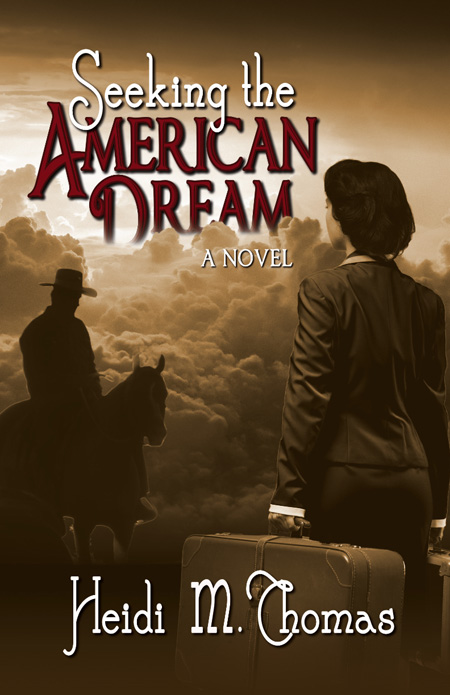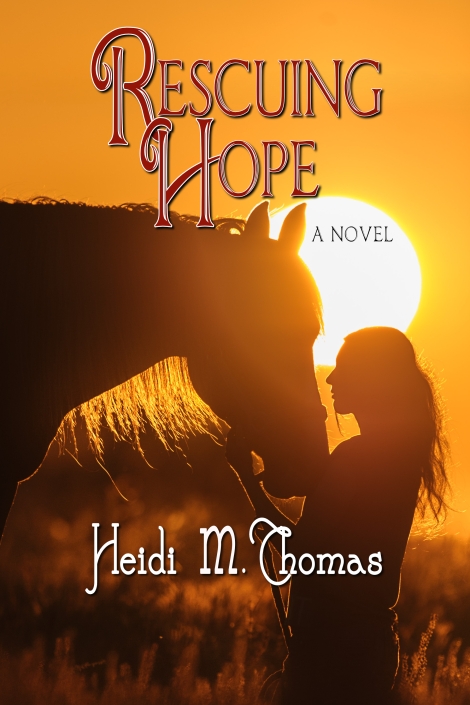When a writer’s muse seems to be on vacation, she may be at a loss for story ideas. While there are a number of sites and tools online to help get the creative juices flowing, one tool that writers might overlook is studying folktales.
Reading folktales is a great way to spin a new yarn, especially for children’s writing. I recently did a review of a children’s picture book published by Sylvan Dell that was based on an American Indian folktale. This shows they are publishable.
Folktales, also known as tall tales, and folklore, are stories specific to a country or region. They are usually short stories dealing with everyday life that come from oral tradition that is passed from generation to generation. Most often these tales involve animals, heavenly objects, and other non-human entities that possess human characteristics.
There is Mexican folklore, Irish folklore, Chinese folklore, as well as folklore from many other countries that have tales unique to their area. There is also American folklore that encompasses stories from each of the 50 states. There is a huge supply of stories to spin and weave.
In addition to reviewing a couple of published children’s books that were based on folktales, I wrote a children’s fantasy story based on an ancient Chinese tale.
Interestingly, prior to receiving an outline of the tale from a Chinese nonfiction writer I knew from one of my writing groups, I never thought of rewriting folktales. But, once given the outline, I loved the story and the message it presented. The outline itself was very rough and written with an adult as the main character (MC), which is often the case with very old folktales.
After reading the story I knew the MC would need to become a child. I think every children’s writer is aware that children want to read about children, not adults. And, the MC needs to be a couple of years older than the target audience the author is writing for.
Based on this, I decided to make my MC a 12-year-old boy. And, since I liked the ancient Chinese flavor of the story, I kept it and made the story take place in the 16th century China. After this was set, I needed to come up with a title and the MC’s name.
When choosing a title for your book, it’s important to keep it in line with the story and make it something that will be marketable to the age group you’re targeting. I chose Walking Through Walls, and it is scheduled to be available March 2011.


As far as the character’s name, you will need to base it on the time period and geographic location of the story, unless the character is out of his element. Since my story was to take place in China, I used a Chinese name, Wang.
To keep the flavor of your story consistent, you will also need to give it a feeling of authenticity. This will involve some research. How did the people dress during the time of your story? What names were used? What did they eat? What type of work or schooling was available? What locations might you mention? What type of crops and vegetation would be present? What types of homes did they live in? There are many aspects of the story that you will want to make as authentic as possible. And, it does matter, even in fiction stories; it will add richness to your story.
The next time you’re in the library, ask the librarian to show you a few folktales. Then imagine how you might rewrite one or more of them for today’s children’s book market.
~~~~~~~~~~~~~~~~~
Karen Cioffi is an author, ghostwriter, and freelance writer. For writing and marketing information visit (http://karencioffi.com) and sign up for her free newsletter: A Writer’s World. You’ll get 2 free e-books on writing and marketing in the process, and two more free e-books just for stopping by.
You can follow Karen at:
http://www.linkedin.com/in/karencioffiventrice












Folktales can be a good source of inspiration for all writers, but I like your suggestion Karen of doing a re-write.
I like the suggestion of using folk tales for inspiration. Good suggestion. I particularly like the thought that you have to keep the flavor of the story consistent.
Love the cover of your book. I really enjoyed your article. I personally love folk tales and enjoyed reading them to my children.
Hi, Maggie and Nancy. It’s so interesting where and how you can find story ideas. I always loved folktales, and now they have another use.
Thanks for stopping by.
And Heidi, thanks so much for featuring me today!
I like the idea. I think some of my stories, prior to my state stuff are kind of rewrites but I’ve not been able to concentrate on those of late. We all can do a little fan fiction at times or rewrites of popular stories or other types of stories that interest us. Thanks for sharing this interesting info, Karen. E 🙂
————-
Elysabeth Eldering
Author of the Junior Geography Detective Squad, 50-state, mystery, trivia series
Where will the adventure take you next?
JGDS series blog
JGDS series website
Folklore is an amazing field of literature – I used to read it just for the fascination. Your post inspired me to delve into it more, revisit it now as a writer. Good look with your book – sounds like it’ll be a great rewrite/read!
Marvin D Wilson
I can see how one can gain inspiration from folktales can help form the basis for a new story, especially kids books. Since the Chinese culture has been around for so long they would have countless stories to read. Thanks for the tip. You have me wondering. Best wishes for your success!
What great ideas! I love the refreshing approach for creating our own stories. Thanks for sharing.
Hi, Stephen and Mary. Thanks for stopping by. It’s funny, there are so many folktales and yet most of us authors don’t think of them for rewriting or ideas.
I’m glad if I gave you another avenue for ideas.
Karen, thank you for providing this great article today to inspire us all. Folktales and fairytales are great fun to read, study, and write!
Hi, Martha, I read folktales to my grandkids.
Elysabeth, you’re right, there are just so many original ideas available.:)
Marvin, I’m glad the post is allowing writers to think of folktales in a new light.
Karen and Heidi, I love to travel, at least in part because of the inspiration I get for writing. And, as it happens, I have written a couple of things based on rather culturally isolated legends and folk tales. I also like picking up easy local recipes tour guides. (-:
Best,
Carolyn
Never thought of using folk tales to entice the “muse” back. Great idea Karen!
Karen:
Terrific article. You’ve given me great direction that I need to act on. Love the book cover!
Best wishes,
Donna
Carolyn, traveling is a great way to get first hand folktales. 🙂
Marietta, I’m glad you found the article useful.
Donna, Thanks. I love the cover too. And, I’m glad you’re able to turn the post into an action plan!